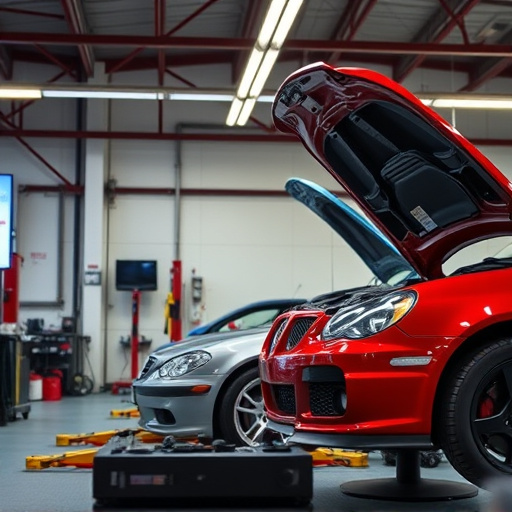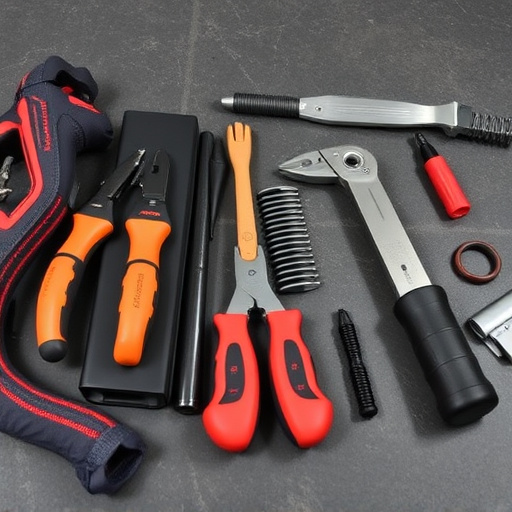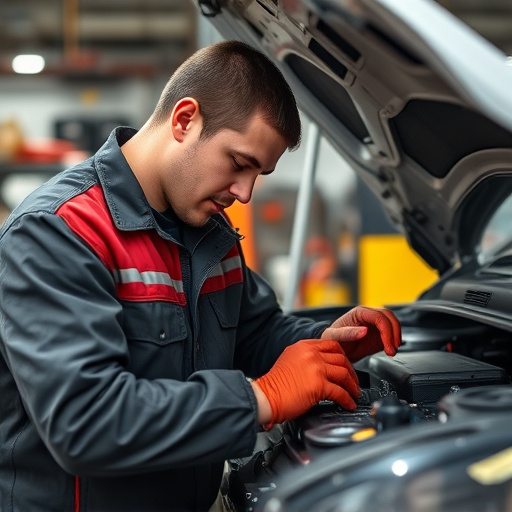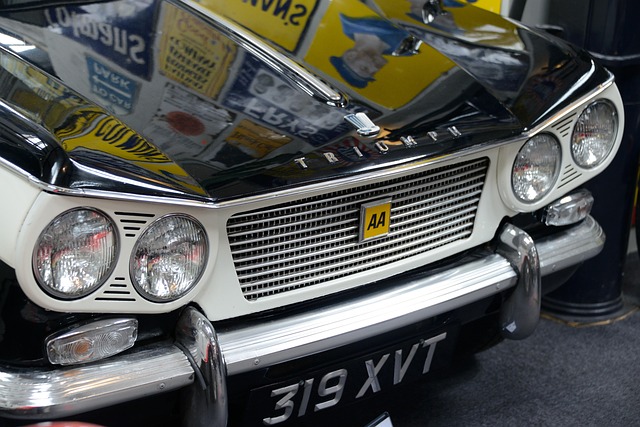Auto body technicians and mechanics have distinct roles in automotive care. Technicians focus on restoring vehicles' physical appearance through frame straightening, bodywork repairs, and meticulous panel alignment. Mechanics, meanwhile, specialize in internal systems diagnostics, maintenance, and repairs for engines, transmissions, and brakes, ensuring a car's functionality and safety. Both professions demand automotive knowledge, but auto body technicians are experts in dent removal and exterior restoration. They use specialized tools like frame racks, sanders, welders, and paint sprayers, while mechanics rely on hand tools and diagnostic equipment, including advanced paint systems and digital design software for body technicians, and sophisticated diagnostic tools for mechanics.
Auto body technicians and mechanics play distinct roles in the automotive industry, often confusing the two is like mixing oil with water. This article delves into the key differences between these professionals, focusing on their scope of work, required skills and training, as well as the tools and technologies they employ. Understanding these distinctions is crucial for both individuals seeking careers in these fields and auto enthusiasts looking to maintain their vehicles effectively.
Scope of Work: Auto Body vs. Mechanics
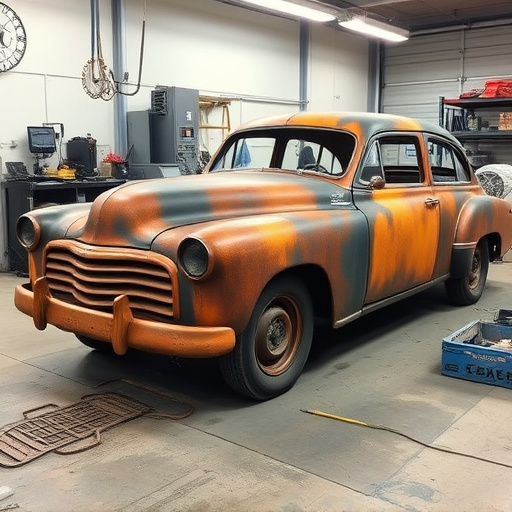
The roles of auto body technicians and mechanics differ significantly in their scope of work. Auto body technicians primarily focus on restoring the physical appearance and structure of vehicles, often involving complex tasks such as frame straightening and meticulous vehicle bodywork repairs. They ensure that cars look as good as new after accidents or damage, paying close attention to details like panel alignment and paint finish.
In contrast, auto mechanics deal with the internal workings of vehicles, including diagnostics, maintenance, and repairs across various systems like engines, transmissions, and brakes. While they may also address cosmetic issues, their primary concern is ensuring the overall functionality and safety of a vehicle. Their work often involves complex mechanical and electrical systems, requiring specialized knowledge and tools to diagnose and fix car damage repair effectively.
Skills and Training Required
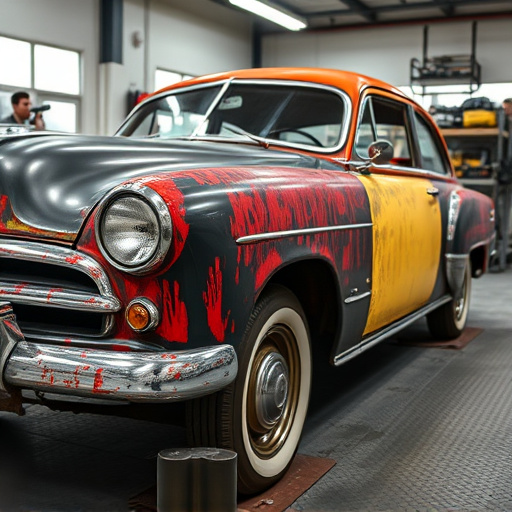
Auto body technicians and auto mechanics both play vital roles in keeping vehicles on the road, but their skills and training differ significantly. Auto body technicians specialize in vehicle bodywork, focusing on repairing and restoring damaged exterior panels, such as fenders, doors, and hoods. They are experts in techniques like panel beating, welding, and painting to ensure cars look as good as new after accidents or damage. Their work involves meticulous precision to match factory finishes and maintain the structural integrity of the vehicle.
In contrast, auto mechanics primarily deal with the internal workings of cars. They require extensive knowledge of engines, transmissions, brakes, and electrical systems to diagnose and fix mechanical issues. Auto mechanics often work in collision centers, handling tasks like diagnosing computer-related problems, replacing parts, and conducting routine maintenance. While both roles demand a strong understanding of automotive principles, auto body technicians are more specialized in the art of vehicle bodywork, including car dent removal and restoring damaged vehicle exteriors to their original condition.
Tools and Technologies in Use
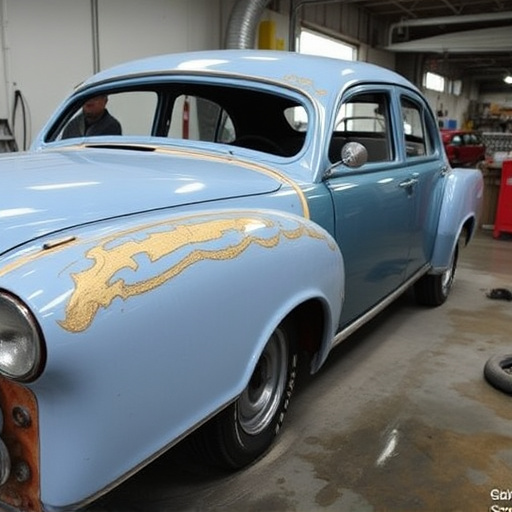
Auto body technicians and auto mechanics both rely on tools to do their jobs, but the nature of those tools differs significantly. Auto body technicians use a wide range of specialized equipment designed for shaping, repairing, and refinishing vehicle bodies. This includes frame racks, sanders, welders, and paint sprayers. These tools are crucial in a collision center, where the focus is on restoring structural integrity and cosmetic appearance. In contrast, auto mechanics tend to work with traditional hand tools like wrenches, sockets, and screwdrivers, alongside diagnostic equipment for computer-based automotive repair services. They primarily deal with engine, transmission, and other mechanical components.
The technologies these professionals use also reflect their distinct roles. Auto body technicians often employ advanced paint technology, including base coats, clear coats, and specialized paints to match vehicle colors precisely. They might also utilize digital design software for precise measurements and planning. In a car repair service, auto mechanics rely on sophisticated diagnostic tools that can detect even the most subtle issues within a vehicle’s electrical, mechanical, and computer systems. These technologies enable them to provide efficient and effective collision center services, ensuring vehicles are restored to their pre-accident condition.
Auto body technicians and mechanics play distinct roles in the automotive industry, with auto body technicians focusing on vehicle aesthetics and repair while mechanics specialize in engine and mechanical systems. Understanding these key differences is essential for individuals looking to pursue careers in these fields. Auto body technicians require specialized training in welding, painting, and structural repairs, using advanced technologies like computer-aided design (CAD) software. In contrast, auto mechanics need comprehensive knowledge of engine diagnostics, electrical systems, and a broad range of tools for mechanical repairs. Both professions demand dedication and continuous learning to keep up with evolving technologies, ensuring that vehicles remain safe, reliable, and visually appealing.





